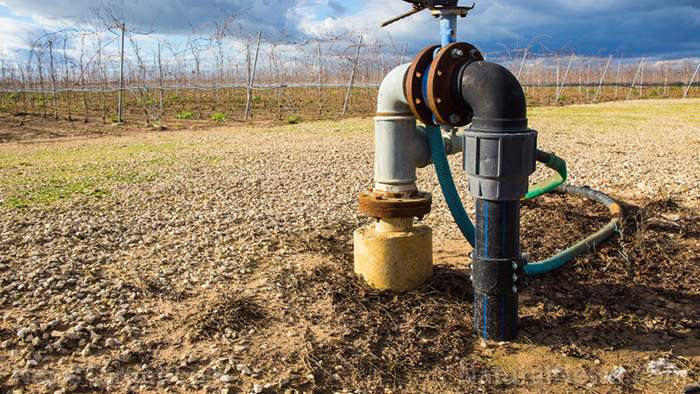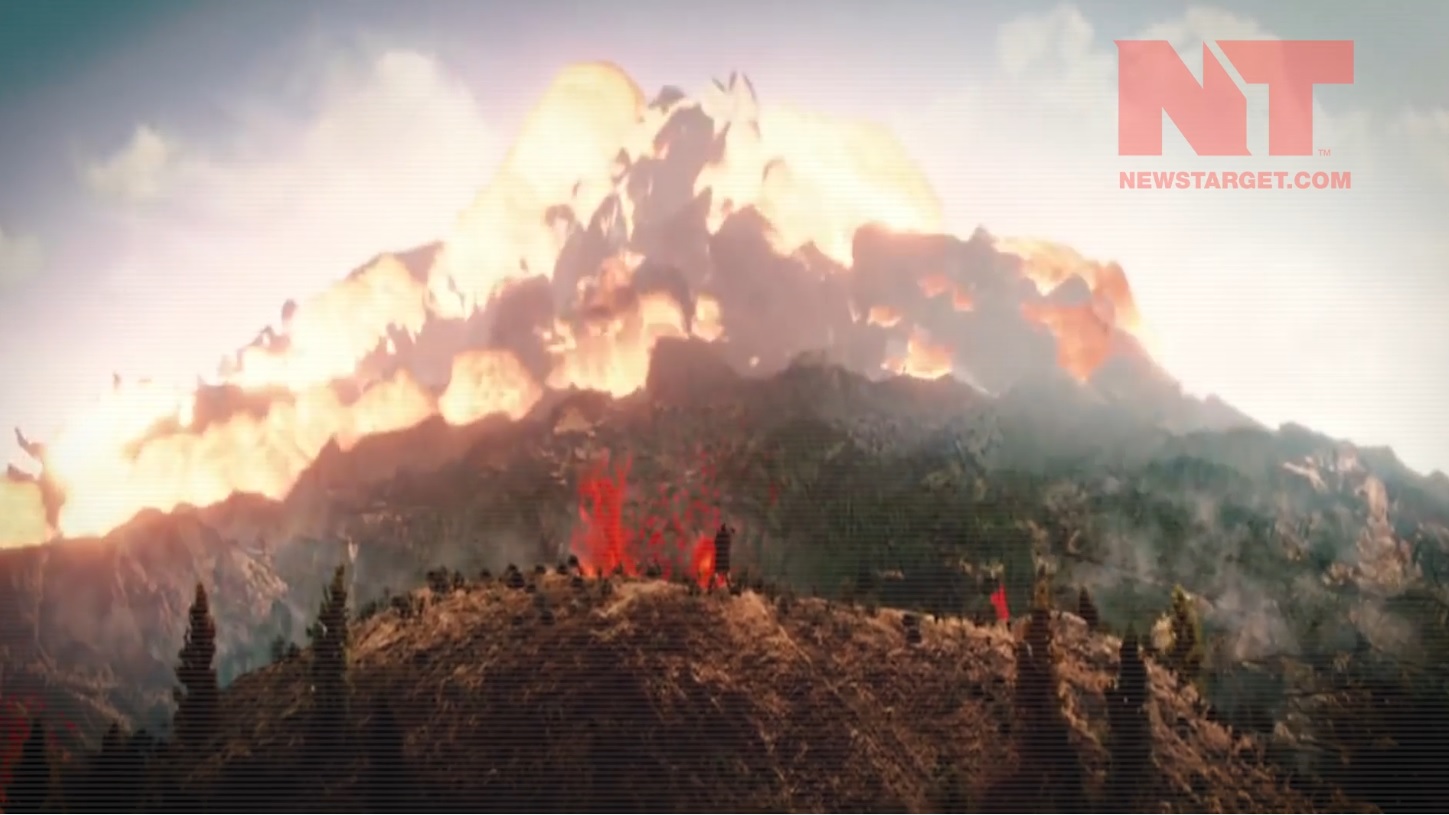Small decline in groundwater levels can cause US wells to go dry, researchers say
By virgiliomarin // 2021-07-26
Tweet
Share
Copy

A study published in the journal Science shows that millions of wells in the U.S. and around the world will go dry if groundwater levels decline by only a few feet. Researchers from the University of California, Santa Barbara arrived at this finding after analyzing 39 million well construction records from 40 countries.
The researchers found that 20 percent of the wells around the world extend no more than 16 feet below the water table, or the groundwater's top surface. This meant that these wells would run dry if water levels declined by just a couple of feet. A well "goes dry" when the water table drops so far that the well isn't deep enough to reach it.
The researchers also found that new wells were not dug significantly deeper than old wells in some places where water levels are dropping. In areas such as eastern New Mexico, new wells were not drilled deep enough because deep rock layers are impermeable and contain saline water. As such, these wells are just as likely to run dry as old wells.
In a recent article for The Conversation, the researchers warned that wells are already going dry in some locations, including parts of the western U.S. In past studies, they estimated that as many as one in 30 wells were going dry in the western U.S. and as many as one in five wells in southern Central Valley in California. (Related: California's San Joaquin Valley, once fertile farming ground, now succumbing to drought.)
Indeed, households are already running out of well water in the Central Valley, as well as in southeastern Arizona, the researchers said. Wells in states as diverse as Maine, Illinois and Oregon are also going dry, the researchers added.
What to do if your well is about to run dry
The researchers detailed a few strategies for well owners whose wells are about to go dry. These are:- Digging a new, deeper well. This is a viable option if fresh groundwater exists at deeper depths. In many aquifers, however, deep groundwater tends to be more saline than shallow groundwater.
- Selling your property. Consider this option if you lack the budget to drill a new well. Take note that selling a property without access to potable and convenient water supply can be challenging.
- Diverting water from alternative sources. Nearby rivers, lakes and other bodies of freshwater are viable alternatives to groundwater. Before hauling water from these sources, make sure that these are not reserved for other users and are not too far away from your home. You should also learn how to purify water to eliminate harmful microbes and dirt.
- Conserving water. Minimizing water use slows groundwater decline. Water conservation strategies include getting rid of water-intensive appliances, replacing water-intensive crops and adopting an irrigation system that curbs water losses.
How to prevent dry wells
Both households and communities can take proactive steps to protect wells from going dry. If you're a well owner, you can conserve water by being more mindful of your water use, which, in turn, can help abate groundwater decline. If water levels continue to drop rapidly, you should consider local conditions that may be affecting your well. Droughts, for example, can slow the pace at which a well "recharges" its water levels. The presence of a new industrial, commercial or agricultural water user can also impact aquifers since they draw more water than households. At the state and local level, agencies can distribute groundwater permits in ways that prioritize certain water users and aid in stabilizing falling groundwater levels over the long haul. Enacting policies designed to limit groundwater depletion can also protect wells from running dry. Learn more about how to secure safe, accessible water supply at CleanWater.news. Sources include: StrangeSounds.org Healthline.com Drinking-Water.Extension.orgTweet
Share
Copy
Tagged Under:
drought collapse California water disaster research drinking water aquifers water supply clean water groundwater depletion wells groundwater wells groundwater decline
You Might Also Like
9 Effective group bug out lessons… from the 1800s
By Zoey Sky // Share
By Evangelyn Rodriguez // Share
Yellowstone Volcano will not erupt soon, according to latest USGS report
By Mary Villareal // Share
COVID-19 vaccine mandates are not supported by science, says top doctor
By Arsenio Toledo // Share
Recent News
The skinny jab becomes a swallowable pill: A new era and old concerns
By willowt // Share
Grid Down, Power Up: The silent threat to national survival
By ramontomeydw // Share
Janet Airlines' MYSTERIOUS flights to Area 51 fuel speculation
By kevinhughes // Share
Chinese national charged with smuggling deadly bacteria into the U.S.
By zoeysky // Share
Two-thirds of Americans support social media ban for teens under 16, poll shows
By bellecarter // Share











